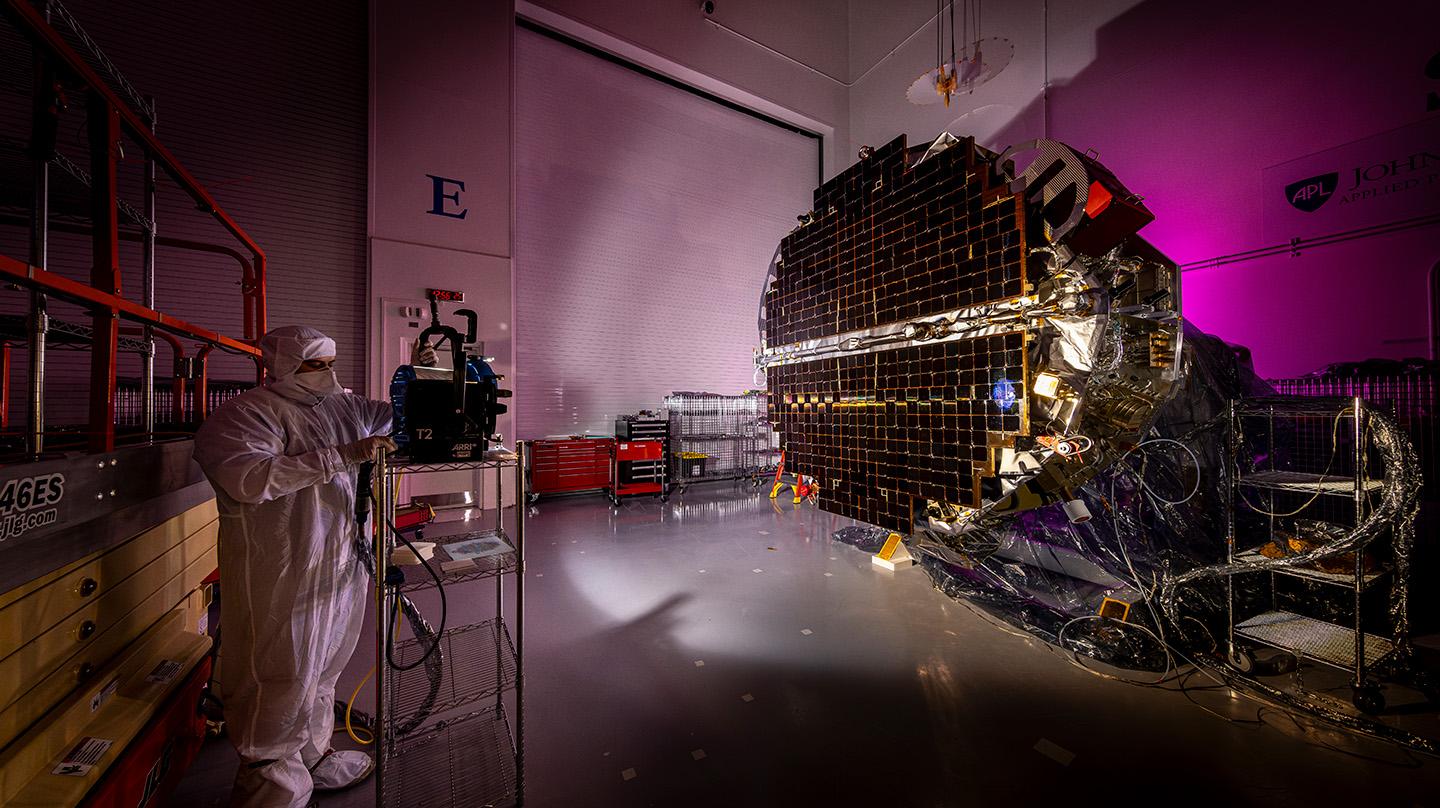NASA has just made history in space exploration. On September 24, 2025, SpaceX's Falcon 9 rocket launched the Interstellar Mapping and Acceleration Probe, or IMAP, from the Kennedy Space Center in Florida. This mission aims to map the heliosphere, a giant magnetic bubble that protects the solar system from cosmic radiation. This launch has become the focus of the science world. This mission also carries two additional payloads, enriching scientific data. Scientists hope IMAP will improve space weather forecasts. This is crucial for protecting technology and astronauts.
Background of the NASA IMAP Mission
The heliosphere is an invisible shield that protects the solar system. The solar wind, a flow of charged particles from the Sun, forms this bubble. However, its interactions with interstellar space are still full of mystery. NASA IMAP is here to answer this question. This mission continues the research from Voyager and IBEX. Researchers want to understand the dynamics of particles at the boundary of the solar system.
Solar storms can disrupt satellites, the power grid, and communications on Earth. IMAP will be placed at the Lagrange point L1, about 1.5 million kilometers from Earth. This position enables observation without interference. In addition, the data from this mission will support human exploration of Mars. Information about cosmic radiation is very important.
Primary Objective of the Mission
NASA IMAP focuses on the detailed mapping of the heliosphere. The instrument detects neutral atoms from interstellar space. This data will improve the space weather prediction model. According to scientists, IMAP can provide up to 30 minutes of early warning for solar storms. This is vital for the safety of astronauts.
In addition, this mission studies the acceleration of energetic particles. The solar wind accelerates ions to extreme speeds. This process is similar to a supernova explosion. David McComas, the mission leader from Princeton University, said, "IMAP is a modern map for the cosmos." Expert analysis shows the potential for a revolution in heliophysics.
The scientific community enthusiastically welcomes this mission. NOAA contributes with the SWFO-L1 instrument to monitor the solar wind. Meanwhile, Carruthers Geocorona Observatory is mapping Earth's outer hydrogen layer. However, challenges such as calibration in orbit still exist.
Chronology of Launch and Technology
The launch will take place on September 24, 2025 at 07:30 EDT. The Falcon 9 rocket lifts off from Launch Complex 39A. The rocket booster lands back on SpaceX's drone ship. This shows the efficiency of reusability technology. NASA budgets 109 million dollars for this mission.
IMAP brings ten advanced instruments. Interstellar Dust Experiment detects interstellar dust. The magnetometer measures the magnetic field. In addition, Solar Wind Electron analyzes the Sun's electrons. The spacecraft spins four times per minute for stability.
The journey to L1 took several months. After arrival, the calibration phase begins. The team at the Goddard Space Flight Center monitors operations. Initial data are expected to be available in 2026. This mission is designed to operate for at least two years.
Collaboration and Scientific Instruments
NASA's IMAP mission involves global collaboration. Universities like Princeton and Johns Hopkins have also contributed. The instrument was made by the best experts. The main focus is to understand interstellar particles. This mission is part of NASA's Solar Terrestrial Probes program.
Collaboration with NOAA strengthens the practical aspects. SWFO-L1 provides space weather data in real-time. Meanwhile, the Carruthers Geocorona Observatory, named after the scientist George Carruthers, studied Earth's geocorona with an ultraviolet telescope. This rideshare approach is cost-saving.
IMAP's main instrument
IMAP is equipped with ten scientific instruments. IMAP-Lo and IMAP-Hi detect low-energy and high-energy ions. SWAPI measures the solar wind. GLOWS maps the global structure of the heliosphere. Each instrument complements the others for maximum results.
NASA states, "IMAP will clarify how the heliosphere protects life." Experts from UC Berkeley highlight the importance of integrated data. This data will be shared openly for global research. The enthusiasm on X is evident from the launch video posts. However, some netizens worry that the weather disrupts visibility.
Role of Scientific Partner
Princeton University leads the science of this mission. David McComas as the principal investigator. They design key instruments. UC Berkeley is building a device for SWFO-L1 and Carruthers.
NOAA focuses on predicting solar storms. SWFO-L1 protect Earth's infrastructure. Analysis shows the rideshare approach saves millions of dollars. Countries such as Japan and Europe are interested in IMAP data. However, interagency coordination remains challenging.
Impact and Hope for the Future
NASA IMAP data will support crewed missions to Mars. Cosmic radiation is dangerous for astronauts. Early warnings from IMAP can save lives. In addition, understanding of the heliosphere helps in designing spacecraft to be safer.
The economic impact is also large. A solar storm can damage satellites worth billions of dollars. Accurate predictions reduce losses. However, this is only the first step. NASA is planning a follow-up mission.
Space Weather Forecast
IMAP will strengthen the solar storm prediction model. Disruptions such as the 1859 Carrington Event could disable the power grid. With IMAP, the warning is more accurate. An expert from NASASpaceflight called this mission a 'technological breakthrough'.
NOAA emphasizes the importance of SWFO-L1. Real-time data help aviation and navigation. The satellite industry enthusiastically welcomes. However, data integration into the operational system takes time. Its benefits will be far-reaching.
Potential for New Discoveries
IMAP has the potential to reveal an unexpected shape of the heliosphere. Interstellar particles give clues about the origin of galaxies. Particle acceleration studies also reveal astrophysical processes.
The New York Times writes, "IMAP and its payload explore the cosmos with a SpaceX rocket." Science experts anticipate major findings. However, the initial calibration requires patience. This invention can be an inspiration for a new generation.
Discover more from Insimen
Subscribe to get the latest posts sent to your email.










